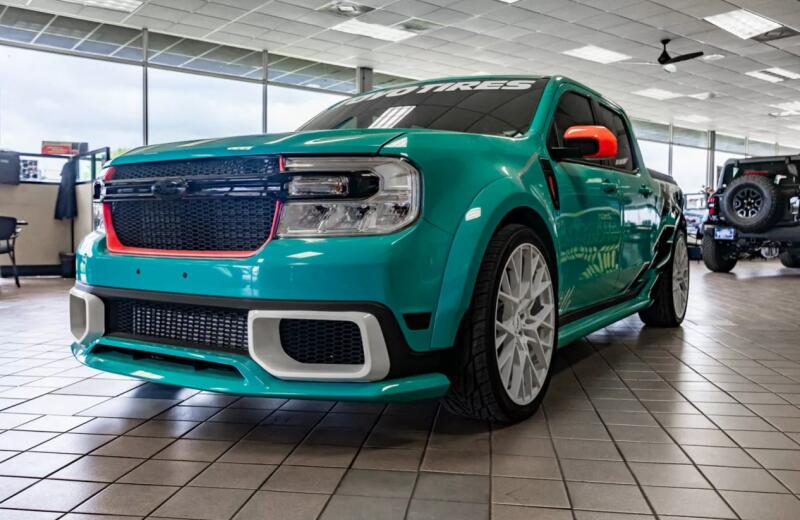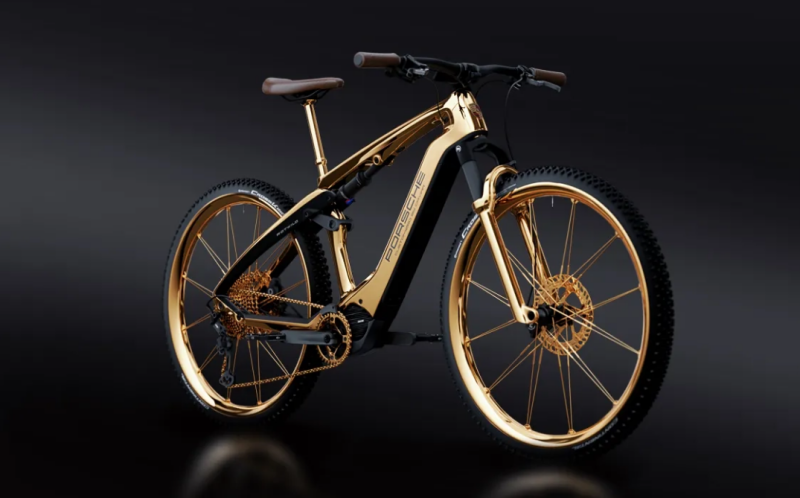The model was produced by the oldest, widely known engineering company Austin. In 1952 it merged with Morris. Both manufacturers later became part of the British Motor Corporation holding, although each retained its own identity.
Austin A35 review
What was needed to be offered to the huge segment of the population consisting of grocers, farmers, factory workers? Something compact, cute, inexpensive. At the same time, it is productive enough to ride a family with two or three children.
 Due to its cute appearance, the Austin A35 received the nickname “teddy bear”. Photo: YouTube.com
Due to its cute appearance, the Austin A35 received the nickname “teddy bear”. Photo: YouTube.comRespecting the needs of poor fellow citizens, the manufacturer took care of a variety of body types. For 12 years, 2- and 4-door sedans and coupes, and 3-door station wagons rolled off the assembly lines. The total number reached 280 units.
In appearance they did not strive for cartoonishness. But the design, created in Raymond Loewy's studio, turned out to be extremely friendly. The “face” was formed by a radiator grille, outlined by a chrome horseshoe-shaped edging.
Simple round eye-shaped headlights completed the look. Flashing beacons were used as turn signals. The British called the Austin A35 a “teddy bear.” Passers-by had a desire to stop and wave their hand after the cute creature.
 The Austin A35 was designed by Raymond Loewy. Photo: YouTube.com
The Austin A35 was designed by Raymond Loewy. Photo: YouTube.comA few words about Lowy: the artist was known as a world-class master of industrial design. He worked mainly for American corporations. But we see Raymond’s hand in the form of a VAZ-2108 – a handsome “chisel”. First, however, the stylist in 1973 developed the exterior of the AZLK. But there were no suitable technologies at the plant to implement the idea.
However, let’s return to the size of the “bear cub” that entered the market in 1956:
✅ Length - 3467 mm
✅ Width - 1397 mm
✅ Between axles – 2019 mm
✅ Wheels – 13 inches
A convenient and practical car soon gained popularity among compatriots, which cannot be said about overseas users. He, rich and successful, rode 5-meter cruisers.
Later, the inexplicable love of Americans became "Mini Cooper" and "Volkswagen Beetle". And “Austin” was received coolly in the States, as an exotic, uncomfortable thing.
Interior and taxiing
Everything in the cabin is as simple as possible. Large analog instruments and a tube radio are on offer if the owner forks out an extra £40. The steering column was located on the left or right.
 The interior of the Austin A35 is spartan in style. Photo: YouTube.com
The interior of the Austin A35 is spartan in style. Photo: YouTube.comThe controls are tight and precise. No wonder the model was used for everyday driving by Formula 1 pilots James Hunt and Graham Hill. The cars themselves have been seen more than once in sports races. There is no information about victories. But the main thing is participation...
The rear window gave a good view. There was not enough width for tall passengers. The owners received the heater for an additional fee. But the Spartan impressions were brightened up by taxiing.
 "Austin A35" on a sports track. Photo: YouTube.com
"Austin A35" on a sports track. Photo: YouTube.comDriving was a pleasure. The clutch had a short stroke, so the car immediately released engine power. The body is somewhat lowered, but the driver felt the road better. At first glance, it was difficult to find fault with the build quality, but “crickets” lived in large numbers and happily in the car. Rhythmic, melodic - whatever you like, but everything creaked.
Motors, chassis
The developers designed the drum-type slowdown system in an unusual way. Hydraulic brakes were installed at the front and hydromechanical brakes at the rear. This was explained by the desire to save a couple of pounds.
 Original Austin A35 engine. Photo: YouTube.com
Original Austin A35 engine. Photo: YouTube.comOver the years of production, there have been three carburetor engines under the hood:
✅ 948 cm3, 34 l. With. at 4,7 thousand rpm and 68 N*m at 2,0 thousand rpm
✅ 1,098 cm3, 55 l. With. at 5,5 thousand rpm and 83 N*m at 2,5 thousand rpm
✅ 848 cm3, 34 l. With. at 5,5 thousand rpm and 60 N*m at 2,9 thousand rpm
The A-Series engines were inline 4-cylinders, located at the front and combined with a 4-speed manual transmission. The gearbox carried torque to the rear axle.
 The two-tone body gave the Austin A35 a special charm. Photo: YouTube.com
The two-tone body gave the Austin A35 a special charm. Photo: YouTube.comThe car was famous for its reliability and endurance. From the testimony of contemporaries who observed in Germany:
... three little Austins that drove full speed all day, averaging 60 mph over 25000 miles.
The maximum speed is fixed at 115 km/h. The first “hundred” was left behind in half a minute. Average fuel consumption was 6,8 l/100 km, so the 26,1 l tank lasted a long time.
Today the model can be seen at historical exhibitions, auto shows and in a couple of feature films. It is impossible to buy in Russia.










